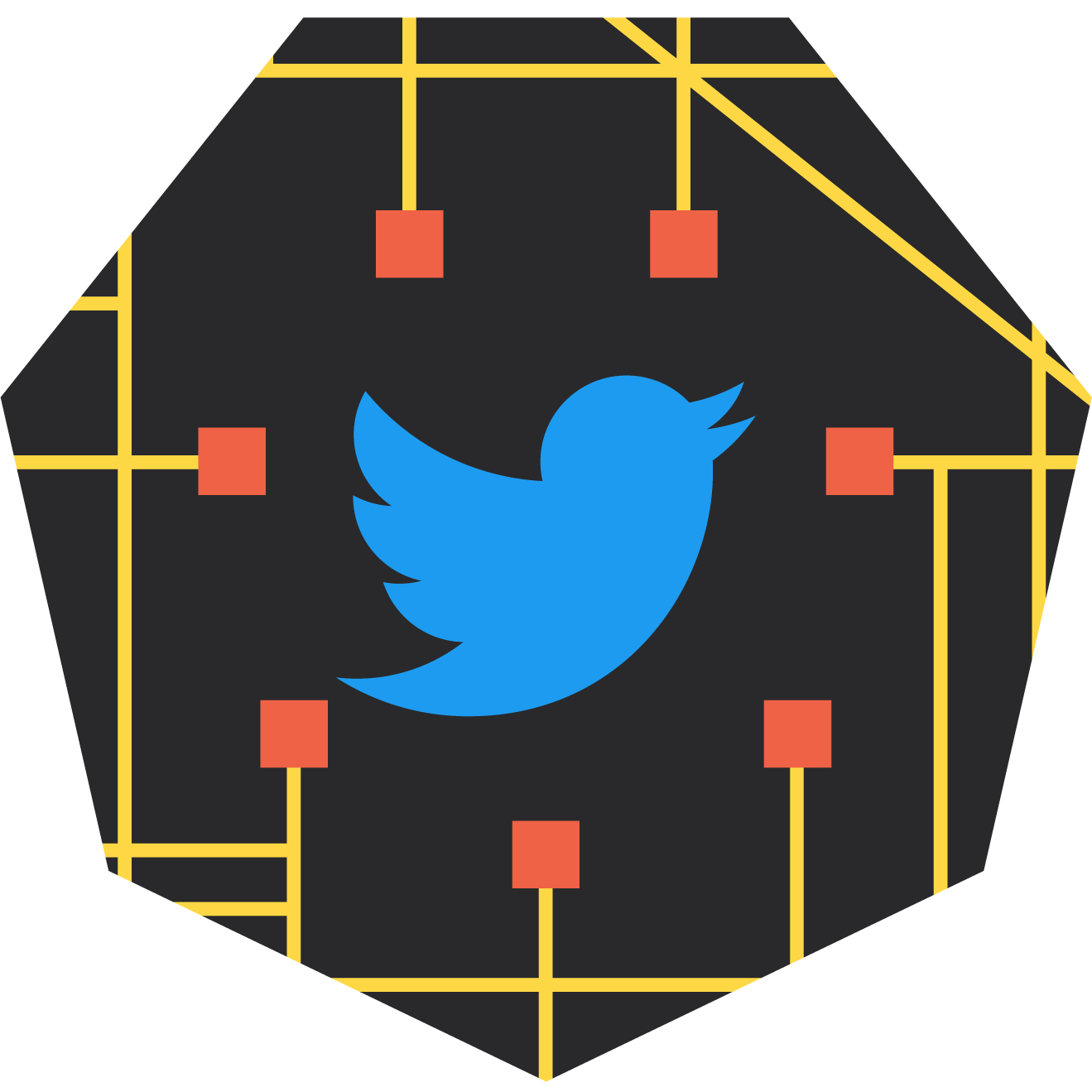How The Buyer Cycle Affects Strategy Planning
Katelyn Ahern Digital Project Manager#Digital Marketing, #Inbound Marketing

When you are creating a content strategy it is not only vital to consider your business goals, but also where your buyers are in their journey to make a purchase.

Although we all know creating valuable content for our audience is important, how do we determine what is valuable for your audience? Planning a content strategy can help you decide what will be of the most value for your intended audience and keep them coming back to you for more. When you set out to plan your content strategy, you need to take the time to put yourself in your client’s seat, shoes, or hat (Whichever you prefer, or even all three!). After all, they are the people you are trying to attract, are they not? In order to align your content strategy with your intended audience, HubSpot, an Inbound Marketing software provider and WSOL Partner, recommends diving into the Buyer’s Journey. This journey consists of the following three stages:
The Awareness Stage
When a buyer realizes they have a symptom or pain point they are in the Awareness Stage, but that’s all they know about the problem they are facing. Their research and the way they go about solving this problem is focused specifically on the symptoms they have. It is typically so early in the Buyer’s Journey that they don’t know what they are looking for to fix their problem yet. They very simply just know they have a problem.
For example, someone in the Awareness Stage may know that their website is not getting as much traffic as it used to. They do not know the reason why or how they are going to attract more visitors but they know that their visitors have decreased.
Keep in mind different visitors will encounter your company in different stages of the Buyer’s Journey. Some of your visitors could find you during this Awareness Stage, and in order to appeal to them you would have to provide different content and resources than you would for a visitor in a different stage of the Buyer’s Journey. In order to attract potential clients while they are in the Awareness Stage, you need to provide content that addresses their pain points. This will help them find you, since they won’t be looking for your company name or even your services and descriptions. Just keep reminding yourself that content for this stage must take into account that this person has a symptom they need to address; they may not even be educated on what the causes behind their symptoms are yet, so you want to address those symptoms first.
The Consideration Stage
Some potential clients have dealt with their symptoms for some time and are educated on their problem. These prospects are in the Consideration Stage; they have a clear definition of what their problem is, and they are looking for solutions to the problem. Much like with the Awareness Stage, there are things that these prospects do not know yet. For instance, this prospect still has no idea who your company is. They have a well-defined problem and are looking for services as a solution to that problem, but they still may not know what your services are called (as many companies define solutions differently). The buyer is educated on their problem, but not on your solution. When creating a content strategy for the Consideration Stage, you must base it off of this mindset.
This is like when a doctor tells you what sickness you have; simply knowing the name of the disease doesn’t help you learn how to get better. Buyers in the Consideration Stage may have done research, but it will still be heavily based on symptoms and the name of their problems or pain points.
The Decision Stage
The third and final stage of the Buyer’s Journey is the Decision Stage. This sounds easy enough to define; this is where the Buyer makes the decision, right? But this isn’t necessarily true; this stage is compromised of people who know what their symptoms are, know what their problem is, and have a clear cut plan of how they are going to fix it. At this point the only thing they need is someone to do the work. They are looking for back up and confirmation on their execution plan; they need someone to complete their strategy. These prospects are the most educated on their problem, but they still may not be educated on your solution and how you can help them solve the problem in a specific way. The benefits of your company’s approach may still be a mystery. These people will be looking for information based on what your business does, because they are looking to compare you to similar companies and compare your methods to others’. These aspects of the Decision Stage must weigh heavily on your content creation. Remember to focus on educating your Decision Stage visitors on the benefits of your approach.
Once again, you must consider all stages when you create content for your consumers. Each visitor to your site might be coming in from any point within his or her research and education. It is absolutely vital to have information for every stage in the process, because you may not always be there to educate them yourself. Stay tuned for a future blog on how to assess your current content and determine which stage your content caters to in the Buyer’s Journey.
Refer to The Buyer’s Journey Quick Reference Guide from HubSpot for examples and additional tips.
Related Posts

3 Pro Tips to Make Your HubSpot Workflows Successful
HubSpot's workflows are a powerful tool for connecting with your customers. We share 3 pro tips for getting the most out of your workflows.

How Brands can Navigate Elon Musk's Twitter
Should the changes at Twitter impact your social strategy? Is it still an effective way to connect with your customers? Read more to learn why or why not.
Results Matter.
We design creative digital solutions that grow your business, strengthen your brand and engage your audience. Our team blends creativity with insights, analytics and technology to deliver beauty, function, accessibility and most of all, ROI. Do you have a project you want to discuss?
Like what you read?
Subscribe to our blog "Diagram Views" for the latest trends in web design, inbound marketing and mobile strategy.
